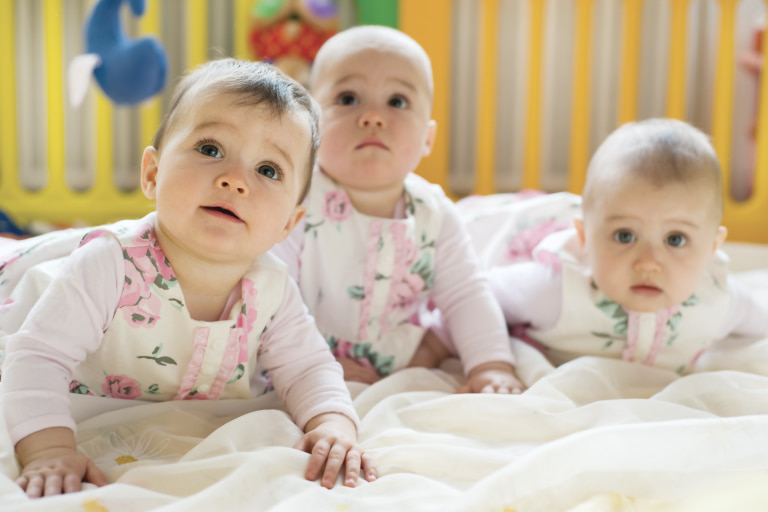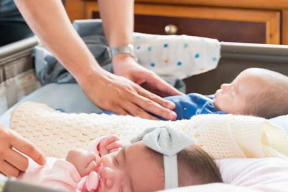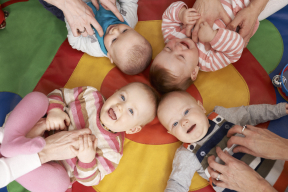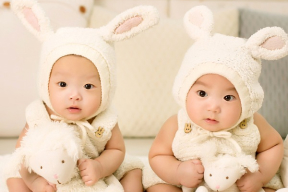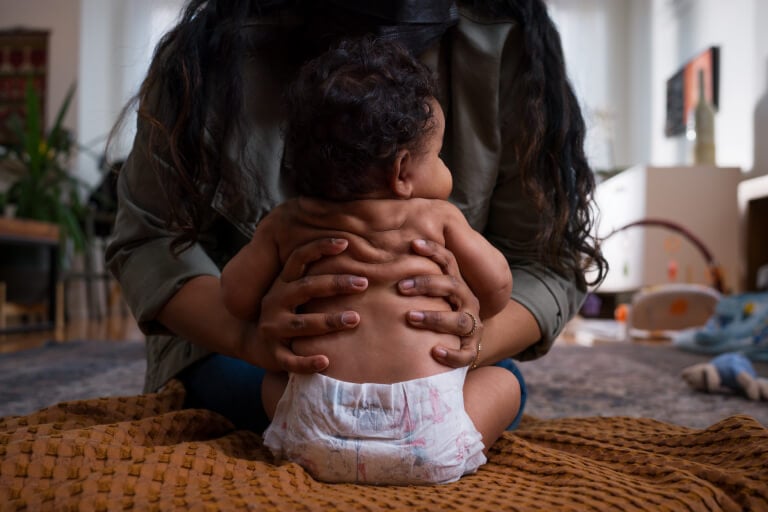The odds of having identical triplets
How are identical triplets formed?
Triplets can also occur when two of the babies are identical and have formed from monozygotic (identical) twins. This means the third baby is a singleton, formed from a completely separate egg and sperm. Two of the babies will be identical but the third will be their own, unique little individual.
But are all three identical triplets exactly the same?
Another possibility is that the fertilized egg splits into 2 and then one of these eggs divides again. These are what are known formally as monozygotic triplets. This splitting occurs shortly after fertilization and before a woman even suspects she is pregnant. There is nothing she or her partner can do to influence the likelihood of this occurring. It is pure biological luck.
Even taking fertility hormones such as Clomid will not influence the likelihood of conceiving with identical triplets. Although artificial hormones do increase the number of eggs matured to ovulation each month, Clomid does not cause splitting of the fertilized egg after fertilization.
Although it is extremely unlikely, it is still possible for identical triplets to occur after single embryo transfer which occurs during fertility assistance. This did happen to one woman in 2008 who was undertaking fertility treatment. This was the first recorded event. One single embryo split after being returned to her uterus and then divided 3 times, resulting in 3 identical boys.
When identical triplets are formed this means that all 3 share the same identical DNA, gender, characteristics and features. Some researchers believe that a certain percentage of monozygotic triplets actually start as identical quadruplets but one of the embryos does not continue to grow to maturity or becomes reabsorbed.
How would I know if I’m having identical triplets?
Triplet pregnancy is confirmed by ultrasound and this can be done in the first trimester of pregnancy, based on pregnancy symptoms. It may not be clear in the very early stages of pregnancy if the triplets are identical or not. If they share a placenta, this is a strong and definitive sign that they are identical. However, it can be very difficult to determine via ultrasound the exact placental structure. Separate placentas can also fuse making them appear to be one.
When a triplet pregnancy is confirmed, it is standard obstetric practice for a woman to require more frequent prenatal checks, ultrasounds, lab work, and general health checks. Bed rest may be considered if there is a threat of miscarriage or premature labor. If a mother is pregnant with triplets and she does not have enough home support, she may need to be hospitalized as an enforced form of bed rest. Some women who are pregnant with multiple babies need to spend many months in hospital, especially if they are threatening to miscarry and their pregnancy is at risk.
How can you tell identical triplets apart?
One of the more popular strategies is to paint one fingernail of each baby with a different color nail polish. Parents also put colored clothing on each, giving each child a specific color. Some parents retain their triplets’ hospital arm bands long after they could be removed and only take them off when they become too tight on their babies’ growing arms.
Each baby is likely to display their own unique and special characteristics from the newborn stage. Parents are often eager to appreciate the individual differences between their 3 babies and see them as separate rather than “the triplets.” With time and maturity, triplets, just like singletons exert their own, unique personalities.
What are the risks to a mother in carrying identical triplets?
- Hypertension and preeclampsia.
- Placenta previa.
- Premature labor and delivery.
- Antepartum hemorrhage.
- Postpartum hemorrhage.
- Gestational diabetes.
- Cesarean section delivery is most likely. Because of this, there are the associated risks of any abdominal surgery including bleeding, infection, delayed healing, and pain.
Average pregnancy weight gain with triplets
- First trimester: 4 to 5 pounds.
- Second trimester: 28-plus pounds.
- Third trimester: 11 to 15-plus pounds.
What are the risks to the identical triplets?
- Higher incidence of congenital abnormalities.
- Prematurity. Statistically, most triplets are born before 34 weeks of gestation.
- Low birth weight. The average birth weight for an individual triplet is around 3.9 pounds.
- Breathing and circulation difficulties due to underdeveloped lungs and immature respiratory function.
- Higher risk of infection.
- Transfusion syndrome between the triplets.
- Cerebral Palsy.
- Global delays including social, emotional, communication, fine motor, cognition, and gross motor.
The information of this article has been reviewed by nursing experts of the Association of Women’s Health, Obstetric, & Neonatal Nurses (AWHONN). The content should not substitute medical advice from your personal healthcare provider. Please consult your healthcare provider for recommendations/diagnosis or treatment. For more advice from AWHONN nurses, visit Healthy Mom&Baby at health4mom.org.
